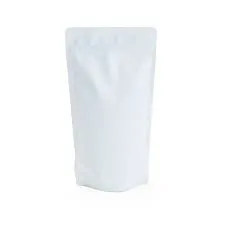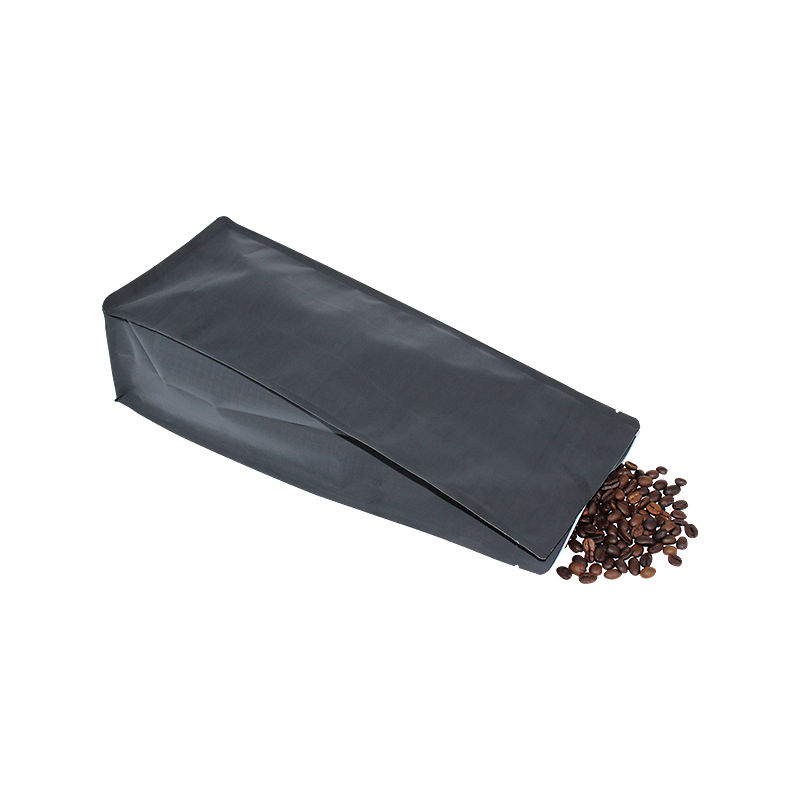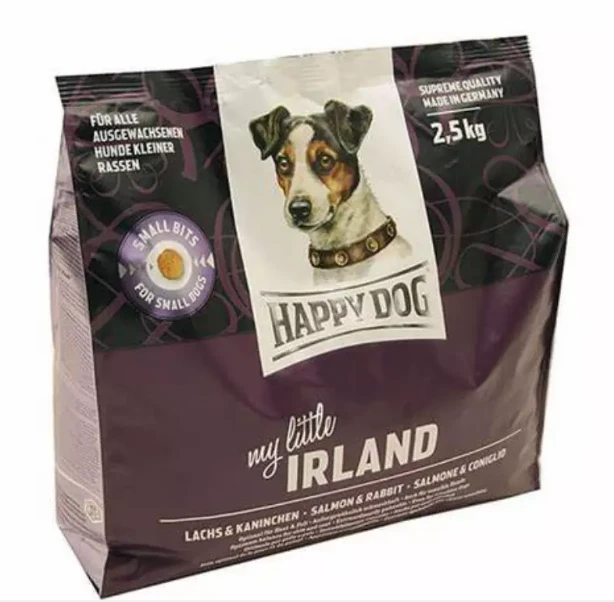- Afrikaans
- Albanian
- Amharic
- Arabic
- Armenian
- Azerbaijani
- Basque
- Belarusian
- Bengali
- Bosnian
- Bulgarian
- Catalan
- Cebuano
- chinese_simplified
- chinese_traditional
- Corsican
- Croatian
- Czech
- Danish
- Dutch
- English
- Esperanto
- Estonian
- Finnish
- French
- Frisian
- Galician
- Georgian
- German
- Greek
- Gujarati
- haitian_creole
- hausa
- hawaiian
- Hebrew
- Hindi
- Miao
- Hungarian
- Icelandic
- igbo
- Indonesian
- irish
- Italian
- Japanese
- Javanese
- Kannada
- kazakh
- Khmer
- Rwandese
- Korean
- Kurdish
- Kyrgyz
- Lao
- Latin
- Latvian
- Lithuanian
- Luxembourgish
- Macedonian
- Malgashi
- Malay
- Malayalam
- Maltese
- Maori
- Marathi
- Mongolian
- Myanmar
- Nepali
- Norwegian
- Norwegian
- Occitan
- Pashto
- Persian
- Polish
- Portuguese
- Punjabi
- Romanian
- Russian
- Samoan
- scottish-gaelic
- Serbian
- Sesotho
- Shona
- Sindhi
- Sinhala
- Slovak
- Slovenian
- Somali
- Spanish
- Sundanese
- Swahili
- Swedish
- Tagalog
- Tajik
- Tamil
- Tatar
- Telugu
- Thai
- Turkish
- Turkmen
- Ukrainian
- Urdu
- Uighur
- Uzbek
- Vietnamese
- Welsh
- Bantu
- Yiddish
- Yoruba
- Zulu
paper bags for food packaging
Paper Bags for Food Packaging An Eco-Friendly Alternative
In an age where sustainability is at the forefront of consumer consciousness, the packaging industry is undergoing a significant transformation. Among the various packaging options, paper bags have emerged as a popular choice for food packaging due to their eco-friendly properties, versatility, and consumer appeal. This article explores the many benefits of using paper bags for food packaging, highlighting their environmental advantages, practical features, and the evolving consumer landscape.
One of the primary advantages of paper bags is their environmentally friendly nature. Unlike plastic bags, which can take hundreds of years to decompose, paper is biodegradable and can break down within a few months under suitable conditions. This trait helps reduce landfill waste and minimizes the ecological footprint associated with food packaging. To further enhance their sustainability, many manufacturers use recycled paper to create new bags, thus conserving natural resources and reducing energy consumption in production. By choosing paper bags, companies can significantly contribute to a circular economy, promoting recycling and reducing the need for virgin materials.
In addition to their environmental benefits, paper bags are highly versatile. They come in various sizes, shapes, and designs, making them suitable for a multitude of food items. From small bags for pastries to large bags for takeout meals, the adaptability of paper bags allows food businesses to cater to a wide range of customer needs. Furthermore, they can be customized with branding and marketing messages, making them an effective tool for promoting a business while simultaneously providing practical functionality. With attractive designs, paper bags can create a positive brand perception, enhancing the overall customer experience.
The properties of paper bags also make them a safe choice for food packaging. They are generally designed with food-grade materials that ensure the safety and hygiene of the contents. For instance, many paper bags are lined with a food-safe coating that prevents oil and moisture from seeping through, thus maintaining the quality of the food inside. This feature is particularly important for businesses that serve greasy or wet foods, such as fried items or sauces. By ensuring that the food remains uncontaminated, paper bags help businesses uphold food safety standards and build trust with their customers.
paper bags for food packaging

Moreover, the growing consumer preference for sustainable products has driven a surge in demand for paper bags. As individuals become more aware of the environmental challenges posed by plastic waste, many are actively seeking alternatives. A significant number of consumers now prefer businesses that prioritize sustainability in their operations, affecting their purchasing decisions. By adopting paper bags for food packaging, companies not only meet the expectations of eco-conscious consumers but also differentiate themselves from competitors who continue to rely on plastic.
The shift towards paper bags is also supported by various regulations aimed at reducing plastic usage. Governments around the world are implementing bans or restrictions on single-use plastics, encouraging companies to seek more sustainable alternatives. In this context, paper bags not only comply with regulations but also align with the broader movement towards reducing plastic pollution. As legislation becomes stricter, businesses that have already made the switch to paper packaging will be well-positioned to adapt to the changing landscape.
However, it is essential to acknowledge some of the challenges associated with paper bags. While they are a more sustainable option, producing paper bags still requires resources and energy. The paper industry must ensure that sustainable practices are followed, such as using responsibly sourced timber and minimizing waste during production. Additionally, while paper bags are typically stronger than plastic for certain applications, they might not withstand heavy weights or extended exposure to moisture as well as plastics can. Therefore, businesses must choose the right type of paper bag for their specific needs to ensure optimal performance.
In conclusion, paper bags for food packaging represent a viable and eco-friendly alternative to traditional plastic options. Their sustainability, versatility, and growing consumer acceptance make them an attractive choice for businesses looking to enhance their environmental credentials and meet the demands of modern consumers. As the industry continues to evolve and respond to environmental challenges, the adoption of paper bags will likely play a significant role in shaping the future of food packaging, driving businesses towards more sustainable practices while contributing positively to the planet.













